A sport of the gymnasium had originally established in the ancient
history and the rich culture of Iran. Some manuscripts which are associated
with this sport at least belonged to the 4th AH (anno Hijri) century. The most current terminology and the modern formation of this sport were registered in Puriya Vali’s scroll which corresponded to the 7th AH century. Some of the Iranian researchers such as Mehrdad Bahar who cherished his memory were unanimously voted that an archaism of this sport was related to the ancient Iranian eras.
After an emergence of Islam, the gymnasium sport was blended with mysticism and
religious services, and constituted according to a fundamental of Shiah beliefs. A cultural
Expansion of Islam – Iran in the Indian subcontinent and Asia median, led to a penetration
of this sport to other territories. During the history, Fatian movements and a formation
of the related rituals which sometimes are called as a label of chivalrous ritual too
it was constantly mixed with a spirit of incorporeity, mysticism, philanthropy, benevolence,
and a help of fellowman. Within this type of sport, a champion was a proper role model of ethics, humanism, self-restraint, and even a defilade for the destitute people an underdogs.
In a social history of Iranuf, it has generalized the extended impressive stories and anecdotes of a specific and exclusive ethic of the gymnasium champions among people. Some of the celebrated persons of this sport branch, such as the champion Puriaya Vali and Muhammad Kharazmi were the main subject of the contexts of poets, legendary poets, and historians. The book’s author, Farhad Tuloo Kian, who was involved
in a country gymnasium sport which at least endeavored to take giant and worth steps with his own attempts and studies in an introduction of this branch of sport, and indeed from this zone of the Iranian social history to the Iranian contemporary generation in the lately two decades.


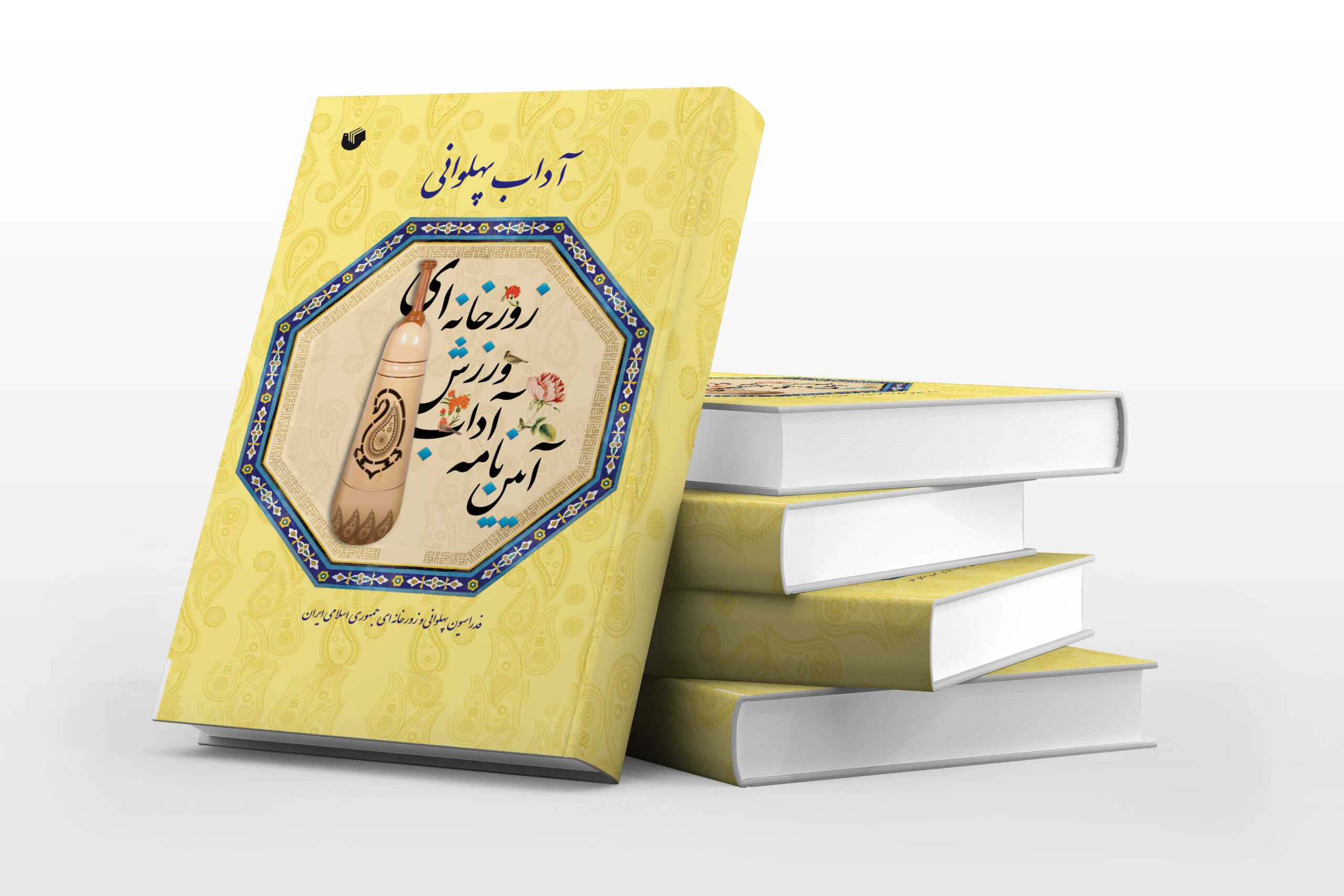
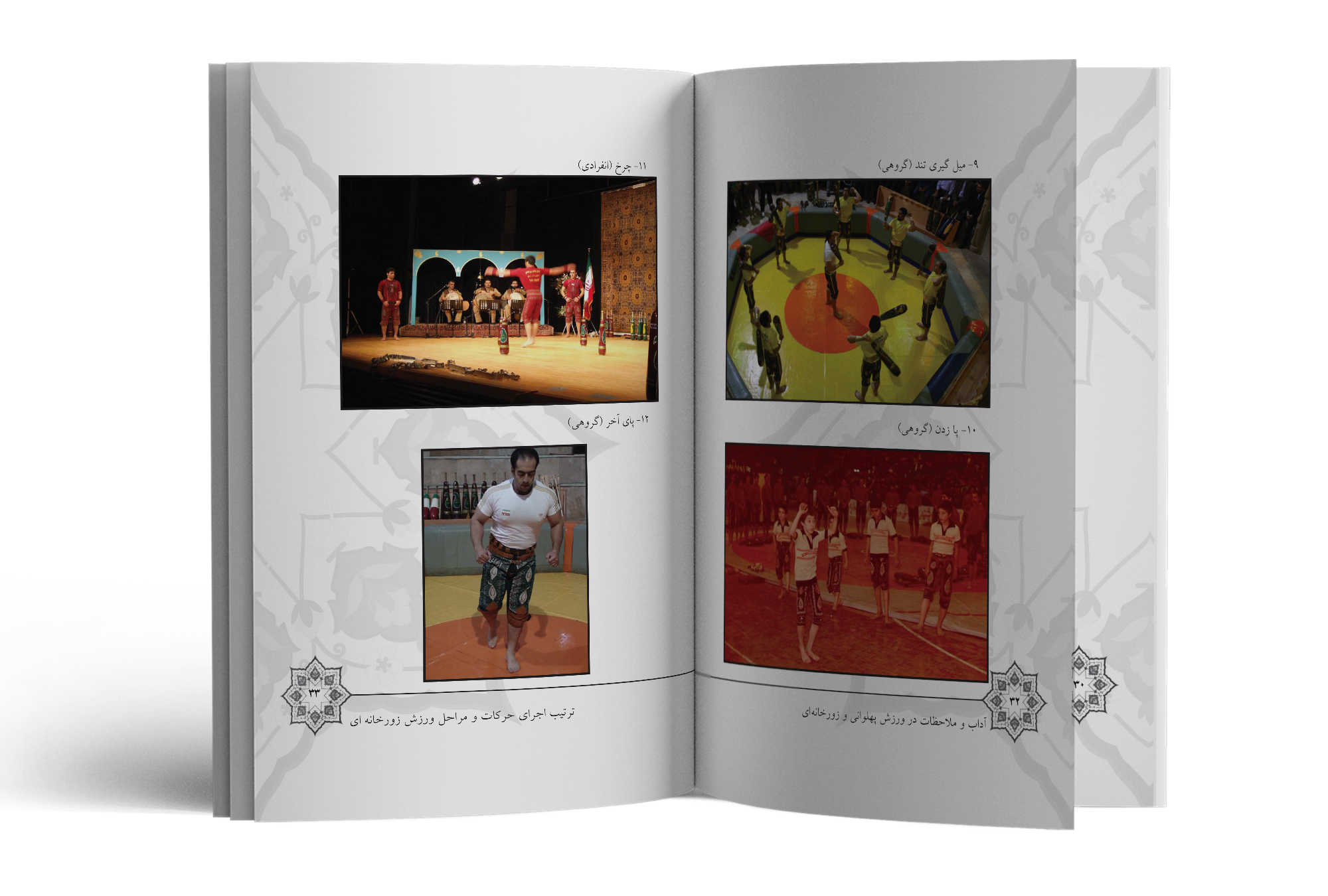



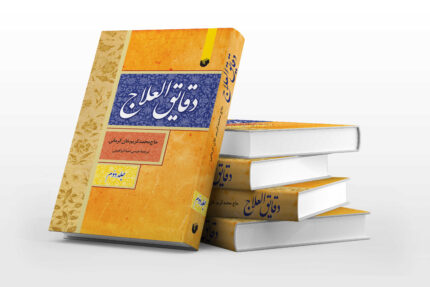



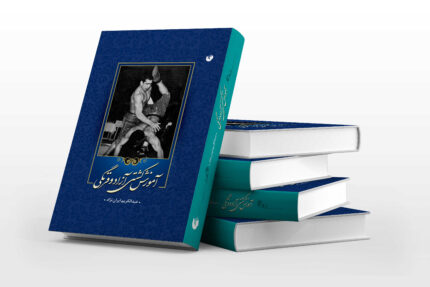
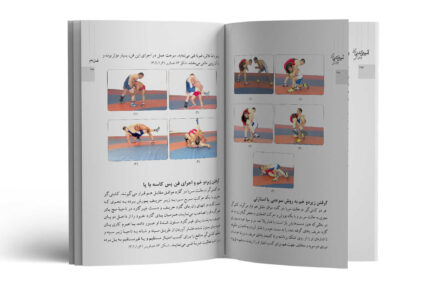
Reviews
There are no reviews yet.